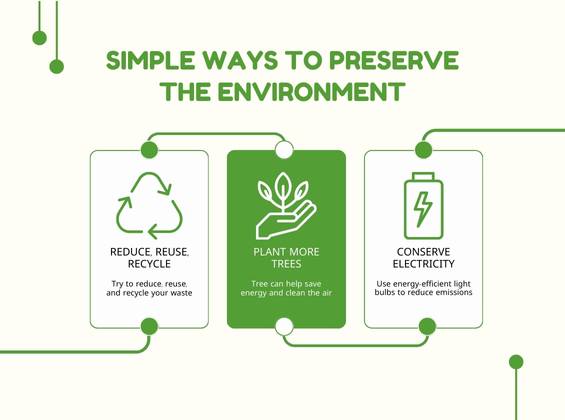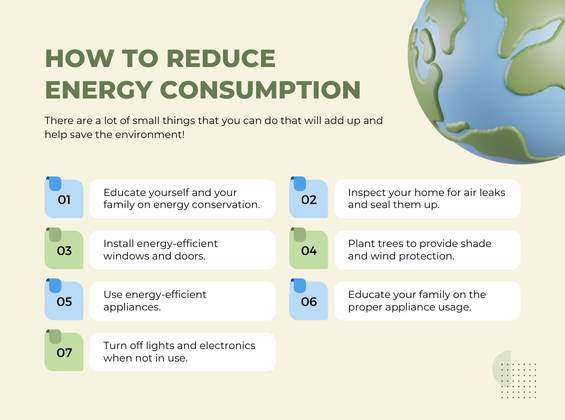
Sources Of Indoor And Outdoor Air Pollution
Neena was reading a magazine which read, ‘There are natural and man-made sources of air pollution. Volcanic eruptions, which produce sulphur, chlorine, and ash particles, wildfires, sea salt spray, biological decay, pollen grains of flowers, large areas of land with little or no vegetation, dust rising from the land, methane emitted by the digestion of food by animals, radon gas formed by the decay of radium, carbon dioxide gas emitted by wildlife are the natural sources of air pollution.’
She went on and read that Man-made sources include thermal power plants, industrial units, vehicle emissions, burning of fossil fuels, agricultural activities, etc. The main pollutants thermal power plants emit to generate electricity in India are fly ash and sulphur dioxide. Fertiliser plants, smelters, textile mills, tanneries, metal refining plants, chemical industries, paper, and pulp mills are other sources of air pollution.”
Neena decided to share the picture of this information on her social media and spread awareness. She wrote, “Vehicular exhaust is a major source of air pollution with gases such as carbon monoxide (about 77%), nitrogen oxides (about 8%) and hydrocarbons (about 14%). Heavy diesel vehicles produce more nitrogen oxides, carbon monoxide, and hydrocarbons than petrol vehicles.”
In the next posts, she mentioned that the most important indoor air pollutant is radon gas. Radon gas can be released from building materials containing radium, such as bricks, concrete, tiles, etc. Radon is also present in groundwater and natural gas. Many households use fuels such as coal, dung cake, wood, and kerosene. The incomplete combustion of fuel produces the toxic gas carbon monoxide. Coal contains varying amounts of sulphur, which produces sulphur dioxide when it burns.
Black soot is produced by the burning of fossil fuels. These pollutants i.e., CO, sulphur dioxide, soot, and many others such as formaldehyde, benzo-(a) pyrene (BAP), are toxic and injurious to health. BAP is also found in cigarette smoke and is known to cause cancer. A housewife using wood as fuel for cooking uses BAP equivalent to 20 packs of cigarettes a day.”
Neena’s posts gained much attention, likes, comments, reshares, etc.



Leave A Comment
Your email address will not be published. Required fields are marked.